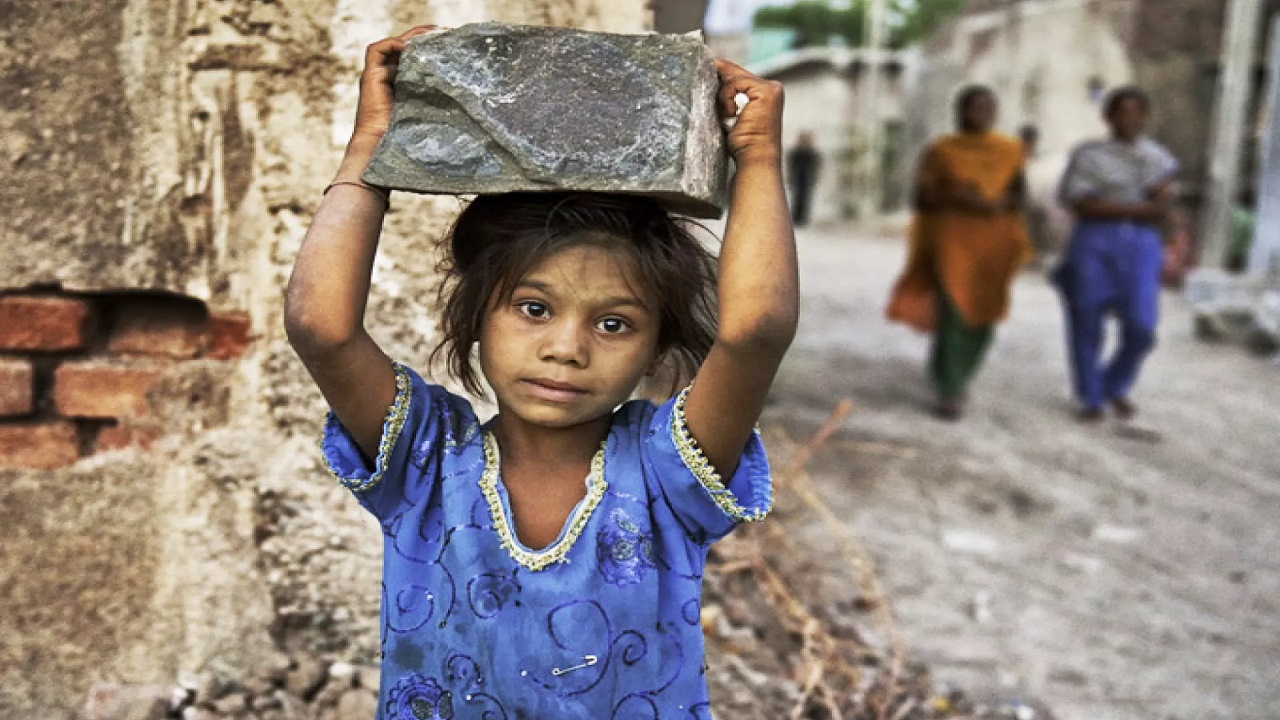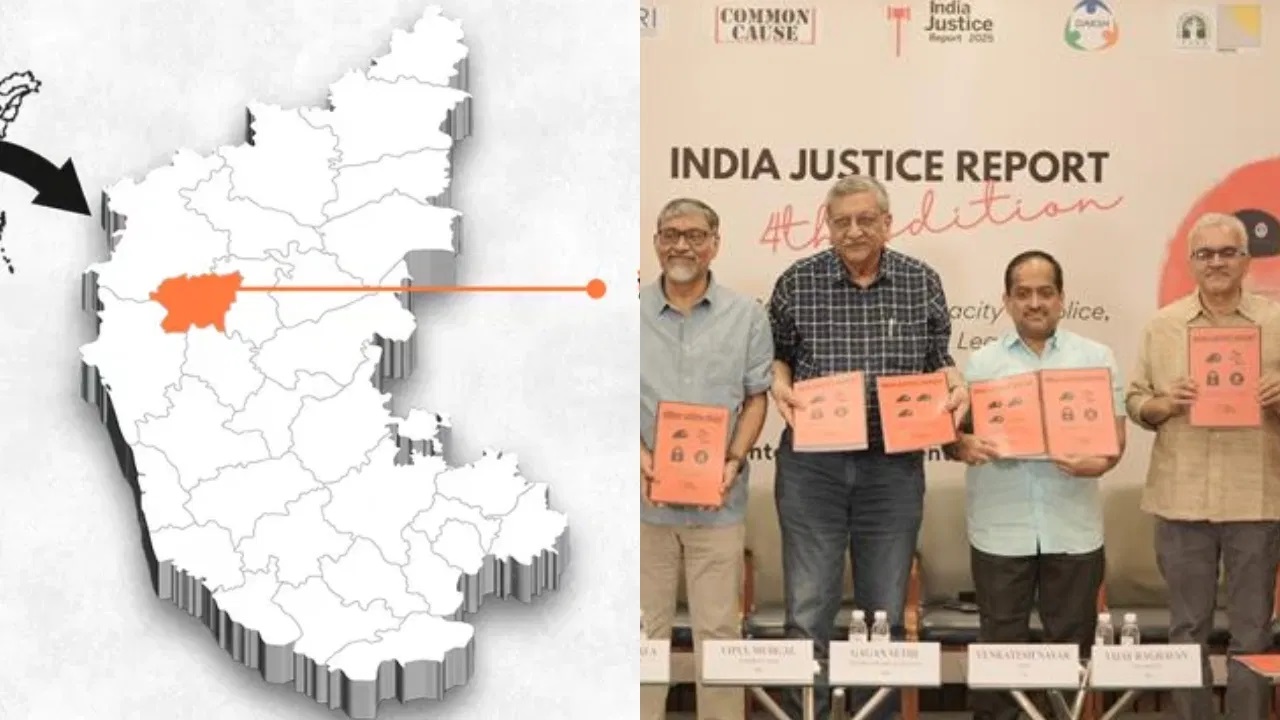Child Labour in India: Progress in Rescues, Gaps in Justice
Context:
In 2024–25, India intensified its efforts to tackle child labour, with more than 53,000 children rescued nationwide. A report jointly published by Just Rights for Children (JRC) and the Centre for Legal Action and Behaviour Change (C-LAB) exposes the scale of child exploitation, enforcement trends, and the urgent need for stronger institutional mechanisms.
Leading States in Rescue and Arrests
-
Top 3 states in child labour rescues and arrests:
-
Telangana
-
Bihar
-
Rajasthan
-
-
These states led not just in rescue operations, but also in legal action, reflecting stronger enforcement mechanisms.
-
Other states like Uttar Pradesh and Madhya Pradesh, despite high rescue numbers, showed weaker prosecution rates.
Scale of Rescue Operations
-
Time period: April 1, 2024 – March 31, 2025
-
Total rescue operations: 38,889
-
Children rescued: 53,651
-
Conducted across 24 states and UTs by a network of 250+ NGOs, in coordination with law enforcement agencies.
-
Top 5 states by number of children rescued:
-
Telangana: 11,063
-
Bihar: 3,974
-
Rajasthan: 3,847
-
Uttar Pradesh: 3,804
-
Delhi: 2,588
-
Worst Forms of Child Labour: Alarming Trends
-
Nearly 90% of rescued children were found in sectors listed under the worst forms of child labour (ILO Convention 182), including:
-
Spas and massage parlours
-
Domestic work
-
Orchestra troupes
-
Informal entertainment
-
Sexual exploitation, including pornography and prostitution
-
-
These findings underscore the urgent need for targeted legal action and protective rehabilitation frameworks.
Enforcement and Legal Action
-
85% of FIRs registered were directly related to child labour offences.
-
Arrests were highest in Telangana, Bihar, and Rajasthan, indicating better follow-through on rescue operations.
-
The report highlights that prosecution acts as a deterrent, raises public awareness, and helps in breaking the cycle of exploitation.
Key Recommendations from the Report
-
Launch a National Mission to End Child Labour with proper funding and staffing.
-
Form district-level Child Labour Task Forces.
-
Set up a Child Labour Rehabilitation Fund.
-
Create a national rehabilitation policy with a focus on long-term support.
-
Extend compulsory education to 18 years, beyond the current RTE cap of 14 years.
-
Frame state-specific policies addressing local socio-economic realities.
-
Enforce zero-tolerance for child labour in government procurement.
-
Expand the list of hazardous occupations under the Child Labour (Prohibition and Regulation) Act.
-
Extend the SDG 8.7 deadline to 2030 for realistic implementation.
India's Global and National Commitments
-
India is a signatory to ILO Convention 182, which mandates the elimination of the worst forms of child labour.
-
While legal reforms have progressed, the report stresses the need for:
-
Institutional convergence
-
Judicial accountability
-
Robust rehabilitation systems
-
-
As JRC rightly notes:
“Justice for children trapped in the worst forms of child labour will only be achieved when the culprits are punished and strong protection mechanisms are in place.”




Comments (0)